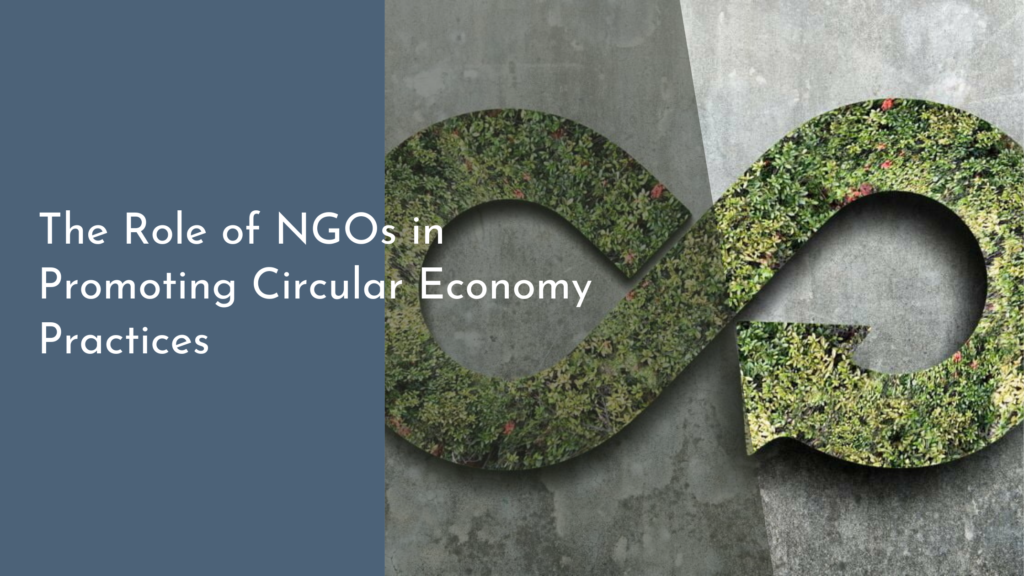Agroforestry and Precision Agriculture
In a rapidly changing world where climate challenges are becoming more pronounced, the agriculture sector is turning to innovative solutions to ensure sustainable food production. Two such promising approaches are agroforestry and precision agriculture. Agroforestry integrates trees and shrubs into agricultural landscapes, enriching both biodiversity and soil health. Meanwhile, precision agriculture employs technology to optimize crop yields and resource management. Together, these strategies create a harmonious synergy that offers a brighter future for farmers and the environment alike.
As we delve into the relationship between agroforestry and precision agriculture, it becomes evident that combining these techniques can lead to remarkable benefits. By enhancing traditional farming methods with advanced technologies, farmers can create resilient ecosystems that not only yield higher productivity but also contribute to environmental sustainability. This exciting collaboration between age-old practices and modern innovations is reshaping the agricultural landscape, making it more adaptive to the demands of a growing population while preserving vital natural resources.
Discover the Synergy of Agroforestry and Precision Agriculture
The fusion of agroforestry and precision agriculture brings forth a transformative approach to farming that leverages the strengths of both systems. Agroforestry promotes biodiversity by integrating trees into crop and livestock systems, creating a more resilient environment. This diverse ecosystem supports various species, improving soil health and enhancing water retention. When precision agriculture techniques are applied to these agroforestry systems, it allows for more efficient use of inputs such as water, fertilizers, and pesticides, tailored specifically to the needs of both crops and trees.
Moreover, the data gathered from precision agriculture tools enables farmers to monitor their agroforestry systems in real time, identifying areas that require attention or intervention. This data-driven approach leads to better management decisions, ensuring that both trees and crops thrive together. The result is a holistic farming method that not only increases productivity but also minimizes environmental impact, paving the way for sustainable agricultural practices that can be replicated globally.
How Precision Tools Boost Agroforestry Benefits for Farmers
Precision agriculture tools, such as drones, soil sensors, and satellite imagery, play a crucial role in enhancing the benefits of agroforestry. For instance, drones can be used to monitor the health of trees and crops from above, providing farmers with valuable insights into growth patterns, pest infestations, and nutrient deficiencies. By applying targeted interventions based on this data, farmers can optimize their agroforestry practices, ensuring that both trees and crops receive the care they need to flourish.
Additionally, soil sensors can guide farmers in managing water and nutrient levels more effectively. With precise data on soil moisture and nutrient availability, farmers can make informed decisions about irrigation and fertilization. This not only enhances crop yields but also supports the healthy growth of trees, contributing to improved carbon sequestration and biodiversity. By implementing precision tools within agroforestry systems, farmers can achieve greater efficiency and sustainability, ultimately leading to healthier ecosystems and more resilient agricultural practices.
Sustainable Practices: Nurturing Nature with Technology
The integration of precision agriculture into agroforestry practices illustrates a commitment to sustainable farming that nurtures both the land and the farmers who depend on it. By utilizing technology to monitor and manage crops and trees, farmers can reduce waste, conserve resources, and minimize their carbon footprint. This environmentally conscious approach not only addresses food security challenges but also combats climate change by fostering carbon-rich habitats through tree cultivation.
Furthermore, the adoption of sustainable practices encourages a circular economy within farming systems. For example, tree prunings can be repurposed as organic mulch, improving soil health while reducing the need for chemical fertilizers. The presence of trees also provides shade for crops, reducing heat stress and conserving moisture in the soil. This intricate balance between nature and technology creates a sustainable ecosystem that benefits both farmers and the environment, enhancing biodiversity and resilience in agricultural landscapes.
Thriving Together: The Future of Farming is Bright!
The future of farming is indeed bright as agroforestry and precision agriculture continue to evolve and work in synergy. As more farmers recognize the advantages of blending these two approaches, the agriculture sector is likely to experience a shift towards more sustainable practices. This shift not only promises increased productivity but also encourages a deeper connection with nature, promoting an appreciation for biodiversity and ecosystem health.
As we look ahead, the potential for innovation in this field is limitless. Emerging technologies, such as artificial intelligence and big data analytics, will further empower farmers to make informed decisions, optimizing their agroforestry systems for both economic and environmental benefits. With ongoing research, collaboration, and commitment to sustainable farming, the synergy of agroforestry and precision agriculture will continue to thrive, fostering a vibrant future for farmers and our planet.
In conclusion, the intersection of agroforestry and precision agriculture presents a wonderful opportunity for farmers to embrace sustainable practices while enhancing productivity. By utilizing technology to nurture natural ecosystems, farmers can create thriving agricultural landscapes that benefit both people and the planet. As we move towards a more sustainable future, the collaboration between these two methodologies will undoubtedly inspire new generations of farmers to cultivate not only their crops but also the earth itself. Together, we can build a brighter tomorrow for agriculture!

